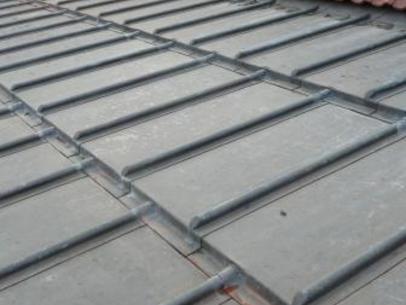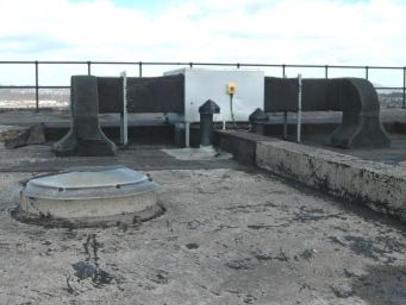If a Simple Procedure claim is made against you and you do nothing about it, the court will almost automatically grant an order against you. If you have a court finding against you, this can affect your credit rating.
If one of your co-owners takes you to court to make you pay for a repair you MUST take action. Even if you have no case to put, you can ask for time to pay and you won’t be charged a fee for replying.
If a claim is made against you, you will be sent the following documents, usually via recorded delivery:
- a copy of the Claim Form
- a blank Response Form
- a copy of the Notice of Claim
- a copy of the Timetable
- a blank Time to Pay Application (only included if time to pay can be applied for)
- any other approved documents applicable to the claim
You may be delivered these documents by a sheriff officer or a solicitor and it is valid if left with someone in your household or place of business.
Use the Response Form to:
- dispute the claim
- admit liability and ask for time to pay (there is additional form to fill in if you do this)
- admit liability and settle the claim before the last date for a response
If you do nothing
The court will almost certainly find the claim against you and order you to pay the sum claimed, including any interest and expenses. You will also find that the Sheriff Court judgement can affect your credit rating for many years, preventing you from getting credit, opening new bank accounts, etc.
If the court judgement goes against you, and you still refuse to pay, you may have your bank account or earnings arrested. An earnings arrestment can have serious implications for people in some occupations as it can lead to people losing their jobs.
If you decide to settle the claim
Do so before the Response Date. Complete part C1 of the Response Form. Send a copy to the court and the claimant by the Response Date. The claimant must then confirm to the court that they are content with the settlement. You would be advised to check with the court that the claimant has done this.
Disputing the claim
If you want to defend yourself, complete the Response Form. Send a copy to the court and the claimant by the Response Date. You must be prepared to appear in court to dispute expenses or to counter the claim. If you want to counter claim, it must be on exactly the same issue – you can’t bring up previous disputes and repairs.
Filling in the Response Form
- the first part of the form is straightforward
- select C3 to indicate you want to dispute the claim
- parts D1 – D2 give you the chance to put across your side of the case
- use D1 to give your account of what has happened, particularly any parts of the claim that you think are inaccurate
- use D2 to put what you know of the legal background – what your title deeds or the Tenements Act says for instance
- part D5 asks what you have done so far to try and settle the matter
- mention here any sum of money you have agreed to pay or steps you have taken to try and discuss the matter with the claimant
- list in Part E any documents or evidence you want to bring to the court
You can ask to be represented by a solicitor, advice worker, or friend.
Asking for time to pay
Complete part C2 of the Response Form and send a copy to the Court and the Claimant by the Response Date.
You can ask the court for time to pay at any time during the procedure by filling in the Time to Pay Form and giving the court your financial details. A copy of this will be sent to the claimant who has two weeks to tell the court if they agree to give time to pay or not. If they do not agree, a hearing is arranged and you must put your case to the Sheriff.
If you do decide to fight the case, much of the guidance on using the using the Simple Procedure will apply to you.
Further information





